When it's Right to do the Wrong Thing
It takes courage to raise prices, and many of us are understandably reluctant to do it. I’ve heard many anecdotal stories about the dangers of price increases and lots of reasons to explain our reluctance.
Both the stories and the rationale all boil down to one thing: We are scared we will lose sales if we raise our prices.
It’s true that price is a factor in customers’ buying decisions, but it’s not the only factor. We work hard to give customers reasons other than price to buy from us. However, once we’ve done it, we are overcome by fear. We surrender our advantage without a fight and continue to compete on price, even though our hang-ups about price are almost always our own head trash.
Raise prices with complete clarity
DOWNLOAD THE PRICE INCREASE CALCULATOR NOW
Know the Numbers, Boost Your Confidence
We don’t have to remain at the mercy of our competitors’ pricing strategies. Instead of relying on anecdotes and our assumptions about customers, we can test our pricing to find the upper limits. That’s the only way to know, yet I don’t recall ever meeting an owner who had systematically tested higher prices and measured the results.
“If our fear is losing sales, shouldn’t we at least know how many sales we could lose before it affected our profits?”
The purpose of the price increase calculator available here is to give business owners the confidence to test higher prices.
If our fear is losing sales, shouldn’t we at least know how many sales we could lose before it affects our profits? The calculator gives us the answer, and most people are surprised at what it shows.
For example, a company with 35% margins and a 10% price increase could lose 22% of its sales without sacrificing a penny of profit. If they were to lose 22% of their sales, they would make the same money by working 22% less. But that’s not what happens. From my experience, businesses that raise prices by 10% don’t lose any sales, they just make more money.
Would knowing the numbers for your business boost your confidence?
Price Increase Put to the Test
Not everyone needs the calculator to raise prices.
A new contractor client was nervous about raising prices, but, to his credit, was willing to give it a try to see what happened. We agreed that a good starting point would be to raise margins on every item they sell from 20% to 30%. Twenty percent is a low margin to begin with, but we reasoned that a jump from 20% to 30% was significant and that customers’ reactions would give us an idea of how high we could go.
We enrolled a diligent and enthusiastic lady, Allison (as promised, that is not her real name), to mark up the prices and to begin using them immediately. The following contains a few numbers, but stick with me because this is too good to miss.
To get her started, Allison and I went over the formula for setting prices at a 30% margin. To do that, we take the cost of the part - say $1.00 - and divide it by 70%. The result is $1.43, which is the price that gives us a 30% margin. ($.43 is 30% 0f $1.43).
After several weeks, I checked in with her to see how it was going.
“How’s the pricing coming along?” I asked.
“Great” she replied. “I’ve raised the prices on all of the big items, and I’m almost finished with everything else. I’ve been billing customer at the higher rates for two weeks.”
“That is great news” I answered. “Are you getting any push back on the higher prices?”
“From my experience, businesses that raise prices by 10% don’t lose any sales, they just make more money.”
“Not a bit. Nobody has said even a word. The changes have been really easy, too. I did just like you said and multiplied our cost times 70% to get the new prices.”
“Oh no,” I thought, she did it wrong.
Multiplying a dollar cost by 70% would reduce the price to $.70 instead of increasing it to $1.43. No wonder nobody had said anything. I felt terrible explaining this to Allison, but when she understood my point, a big smile crossed her face.
“Oh that’s not what I did.” she said. “I multiplied the cost times 70% then added that amount to the cost.”
So, she had priced a part that cost $1.00 to $1.70 with a 41% margin, instead of at $1.43 with a 30% margin. They not only didn’t lose customers, none of them even noticed. That’s the kind of mistake we can live with.
“That’s not all I did.” she continued. “I added tax to the cost and used my formula on that, too. Plus, if it came out to a weird number, I rounded it up.”
stretch your thinking
I love Allison.
Neither the contractor nor I considered making the leap from a 20% margin to a 41% margin all at once. Allison did us a great service.
Her mistake not only made, and will make, the company more money than we anticipated, but also stretched our limited thinking about price.
We still don’t know where the upper limit of price is for the company. We do know it is higher than 41% margins and higher than we thought. As it turned out, Allison was right to do the wrong thing.



